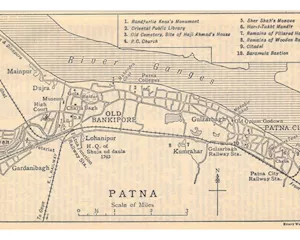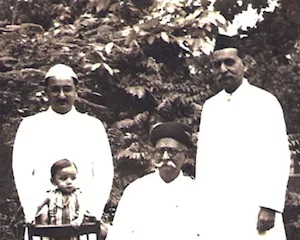Mihir's Impressions - Indian book print firms to consolidate
The merger of Random House and Penguin represents a change in the scale of publishing companies. It might be perceived as a direct response to the power of the digital marketplace, but shifting ownership in the publishing industry is nothing new.
10 Nov 2012 | By Mihir Joshi
It is worth rolling back time to consider how these two leading publishing companies came into being. Random House is a conglomerate of once-independent imprints - Alfred A Knopf, Doubleday, Crown, Pantheon, Ballantine, to name just a handful. They were acquired over
decades by a succession of proprietors. Penguin is closely identified with its British origins in the 1920s, but it too is composed of multiple imprints -- Viking, Putnam, Dutton, and many others that were assembled in an inexorable process of growth, always intended to
provide a stronger base for publishing as the distribution methods for books evolved.
Bertelsmann (owners of Random House) would control 53 percent of the combined entity and Pearson (owners of Penguin) 47 percent. In a statement, Bertelsmann said the deal would most likely conclude in the second half of 2013, after approval from regulators.
The merger will create the largest consumer book publisher in the world, with a global market share of more than 25 percent and an extensive book list. The new company, which has been christened Penguin Random House will have greater scale to deal with the
challenges arising from the growth of electronic books and the power of Internet retailers.
Publishers are increasingly worried about the leverage wielded by Internet giants like Google, Apple and, especially, Amazon. These companies have vast resources to invest in new technology, like digital sales platforms, and the size to let them negotiate better
terms on prices.
The publishing industry has come to terms with the unprecedented success and popularity of the online electronic books retail portals. Facing those challenges, the major publishers have been expected to join together, getting smaller in number and bigger in size. Will
these new giant of publishing resurrect the book publishing industry to their pre-internet heights or not, only time will tell.
Does this mean consolidation among book print firms? Especially,Indian book print firms?













 See All
See All